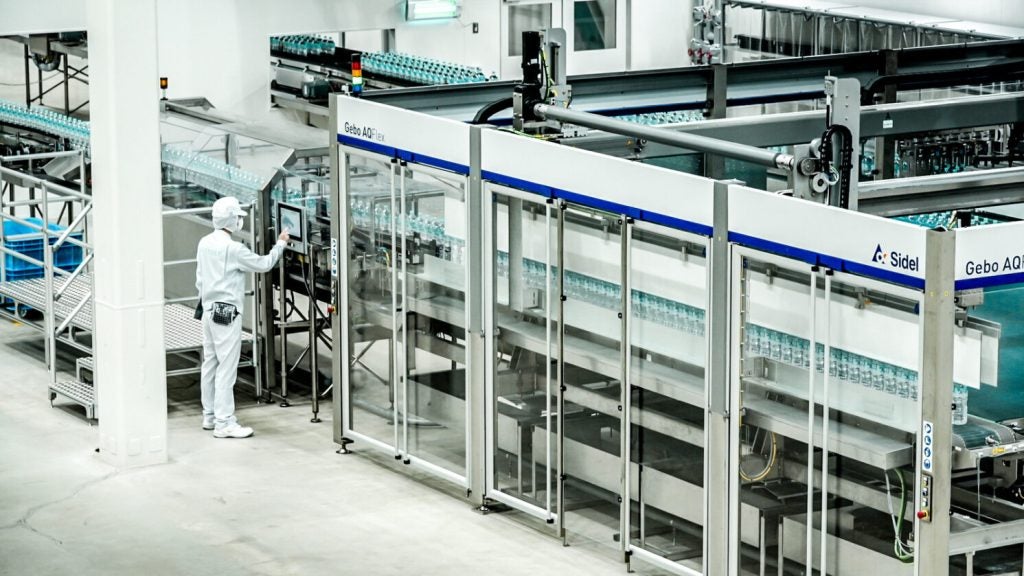The European Tube Manufacturers Association (ETMA) has reported that the European tube market has seen a growth in deliveries of almost 2% to a total volume of around 6.2 billion units.
The growth drivers were deliveries to the pharmaceutical market, which increased by a good 5%. Demand from the cosmetics and dental care markets also developed positively, with an increase of about 2% each.
Deliveries to the food sector stagnated while demand for tubes for household and technical products declined significantly by around 20%.
This is similar to the market statistics for 2022, which saw an increase in shipments to the pharmaceutical, cosmetics and dental care markets, alongside a decline for the food and household sectors.
ETMA president Mark Aegler commented: "Overall, we are very satisfied with the result in the first half of the year, as the volume-dominant sales markets, in particular developed positively.”
In terms of sustainable progress within the tube market, Aegler adds that for plastic tubes, the quantities required will certainly not be achievable through mechanical recycling of used plastic packaging alone.
“Chemical recycling can be an additional option for closing the gap, especially for complex composite structures. Appropriate political guidelines are needed at the European level so that necessary investments in recycling capacities can take place," he says.
Outlook for the rest of 2023 fraught with uncertainty
According to ETMA, the situation in the raw material and energy markets has eased further. However, price levels remain above pre-pandemic or pre-war levels. Labour costs and availability also remain extremely tight.
In addition, the weak economy in Europe and continued high inflation are negatively affecting consumers' purchasing power and spending.
Aegler sums up: "The political and economic environment remains difficult. Despite a still high order backlog, some tube manufacturers are now recording a slight decline in incoming orders. Although there is currently no reason to complain, forecasts for the market development in the second half of the year are subject to considerable uncertainty."















